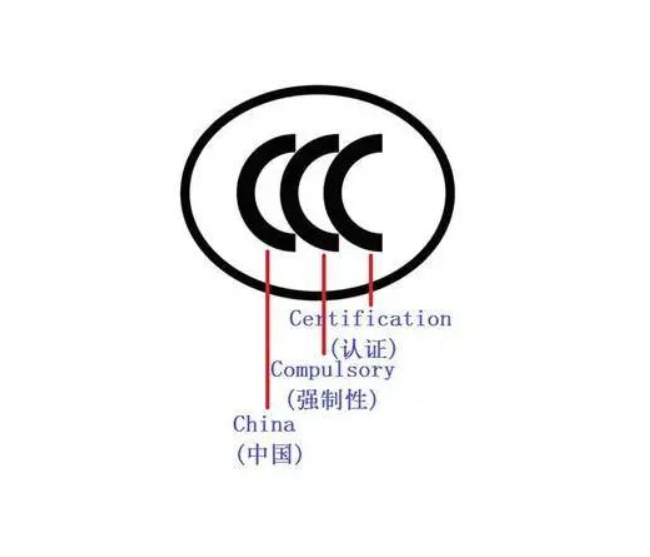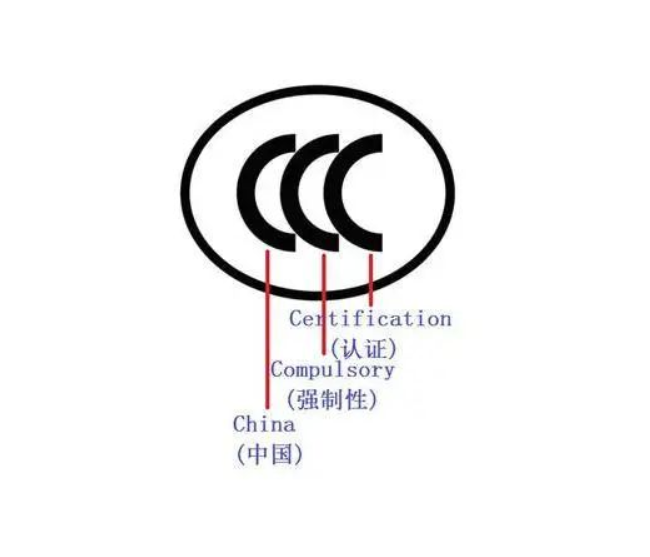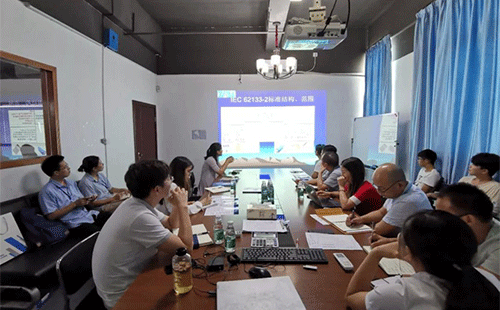The IEC 60335-1: 2020 "Safety of Household and Similar Electrical Appliances Part 1: General Requirements" formulated by IEC/TC61 International Electrotechnical Commission 61st Technical Committee for Household Appliances was officially released on September 2, 2020.
As a safety standard for household appliances, the update of this standard has always been the focus of attention of various household appliance companies. Compared with IEC 60335-1:2010+A1:2013+A2:2016 (ed.5.2) standard, IEC 60335-1:2020 (ed.6.0) has more than 20 important technical changes. Therefore, the implementation of this standard will Home appliances on the market have a profound impact.
New points of IEC 60335-1:2020 standard
From IEC 60335-1:2010+A1:2013+A2:2016 (Ed5.2) to IEC 60335-1:2020 (Ed. 6.0), the standard has added a lot of new technical content, the main changes are as follows:
(1) Clarified the requirements of PELV circuit;
(2) Clarify the measurement requirements when the rated power input and current change during the entire working cycle;
(3) Introduced and clarified the mechanical strength requirements for appliances with integrated pins inserted into sockets;
(4) Revised requirements for battery-powered equipment;
(5) Introduced requirements for metal ion batteries, including the new Article 12 metal ion battery charging;
(6) Test probe 18 is introduced;
(7) Requirements for electrical appliances including appliance sockets and output sockets that users can use;
(8) Revised and clarified the requirements for appliances with functional grounding;
(9) Introduce restrictions on the output voltage of safety extra-low voltage sockets or connectors or Universal Serial Bus (USB) that can be accessed under abnormal operating conditions;
(10) Introduced requirements covering light radiation hazards;
(11) Introduce the external communication software management clauses into the normative Annex R;
(12) The external communication requirements in Table R.1 and Table R.2 have been revised;
(13) In the new normative Appendix U network security requirements, the impact of avoiding unauthorized access and transmission failure of remote communication through public networks is introduced.












